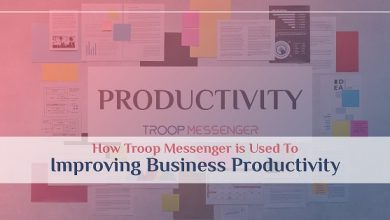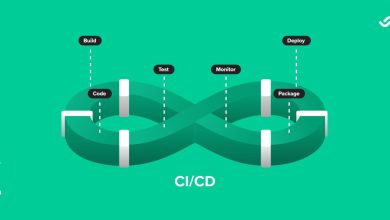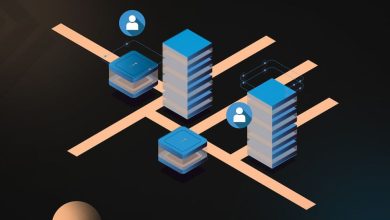Using Digital Asset Management Effectively
In today’s fast-paced digital landscape, where content is king, managing your digital assets effectively has become more crucial than ever. Whether you are just starting your digital asset management (DAM) journey or looking to enhance your existing processes, this article will provide you with a unique perspective and practical insights to maximize the benefits of DAM.
Unlocking the Power of Bynder Integrations
Before we dive into the intricacies of effective DAM, it’s essential to highlight the role of an API connector to facilitate something along the lines of a Bynder integration in simplifying and enhancing your asset management experience. Bynder, a leading DAM platform, offers seamless integrations with various tools and systems, enabling you to streamline your workflows, improve collaboration, and boost productivity.
Now, let’s explore some unconventional approaches and lesser-known elements to make your DAM implementation even more successful:
Thinking Like a Curator
Imagine you’re a museum curator. Your job is not just to store and organize artifacts but to ensure they are displayed and utilized to their full potential. Similarly, in the world of DAM, your role transcends mere storage. It involves curating your digital assets to deliver maximum value. Think of your DAM system as the gallery, and your assets as the artworks waiting to be showcased.
As a curator, you carefully select, categorize, and tag assets for easy retrieval. This approach ensures that each asset finds its place and purpose, just like how a curator meticulously arranges pieces in a museum to tell a compelling story.
Harnessing the Power of AI and Metadata
Innovations in DAM technology have brought about exciting possibilities, including the integration of artificial intelligence (AI). Think of AI as your digital assistant, tirelessly working in the background to enhance your DAM experience. AI can auto-tag assets, detect duplicates, and even suggest metadata, saving you valuable time and effort.
Metadata, often overlooked, is the unsung hero of DAM. Just as a librarian organizes books using the Dewey Decimal System, metadata helps you organize and locate digital assets efficiently. By creating comprehensive metadata schemas and ensuring consistent tagging practices, you can transform your DAM system into a well-structured library of assets.
Nurturing a Culture of Collaboration
DAM isn’t just a tool; it’s a collaborative ecosystem. Encourage your team members to actively participate in the DAM process. Consider holding “asset brainstorming” sessions where diverse perspectives lead to creative insights on how to use existing assets in innovative ways.
Moreover, establish clear guidelines and workflows for asset usage. Think of it as setting the rules for how museum visitors interact with exhibits. When everyone understands the protocols, collaboration becomes more effective, and the value of your DAM system multiplies.
Measuring Success Beyond Storage
Many DAM implementations focus on the quantity of assets stored. However, it’s equally important to measure the quality of asset utilization. Imagine a museum boasting a vast collection of art pieces but with only a handful on display. Similarly, having a DAM system brimming with assets but underutilized is a missed opportunity.
Track metrics like asset engagement, reuse rates, and the impact of assets on marketing campaigns. This data will provide valuable insights into the effectiveness of your DAM strategy and help you make informed decisions.
Continuous Refinement
Just as a museum continually updates its exhibits and adapts to changing visitor preferences, your DAM strategy should evolve with your organization’s needs. Regularly review and refine your DAM processes, leveraging user feedback and industry best practices.
In conclusion, using digital asset management effectively goes beyond mere storage and organization. By approaching DAM with a curator’s mindset, harnessing the power of AI and metadata, nurturing collaboration, and measuring success beyond storage metrics, you can transform your DAM system into a dynamic asset hub that drives creativity, efficiency, and growth in your organization.
By integrating Bynder, you can take these concepts to the next level, ensuring that your digital assets are not just managed but optimized for success. So, whether you’re starting your DAM journey or looking to enhance your existing processes, remember that DAM is not just a tool; it’s a strategic asset for your organization’s success.















